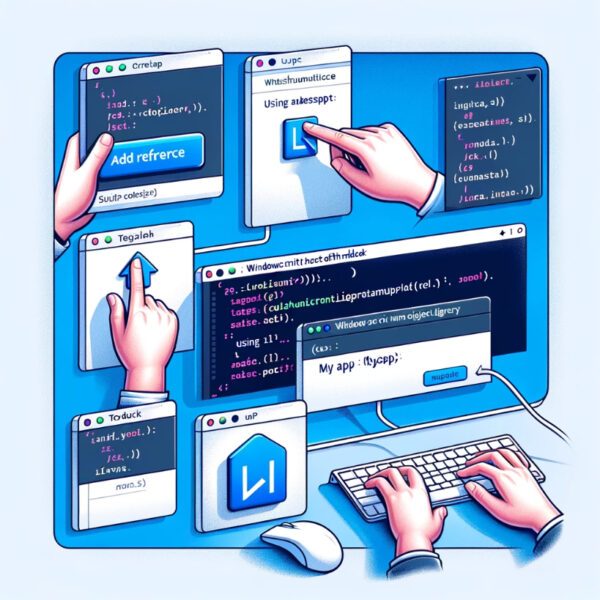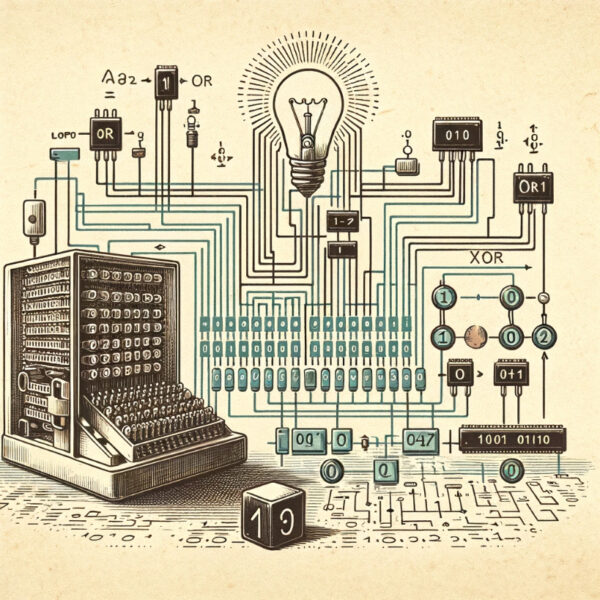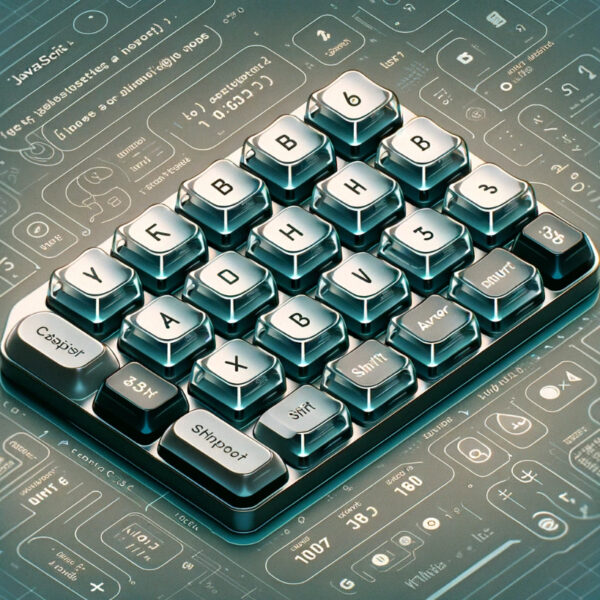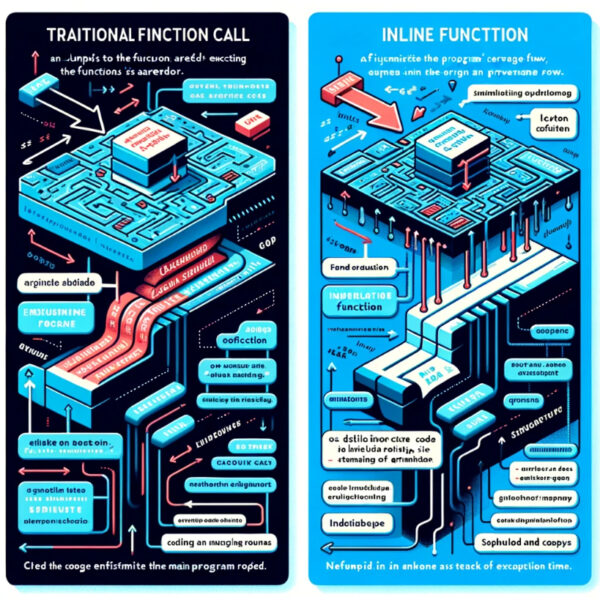This tutorial will show you the code you need to write to have your application create shortcuts to any path (the desktop, startup folder, etc.).
The Binary Adding Machine
Ever wondered how computers work? In this tutorial, I attempt to explain this from the ground up. First, we’ll look at how a machine can add numbers.
Clipboard cut, copy and paste with JavaScript
This tutorial will show you how to copy text to the clipboard, cut to the clipboard and paste, all these from a browser window.
A list of keys and the JavaScript char codes they correspond to
This table is especially useful for those who want to capture the key press event in the browser window. These are the char codes JavaScript uses, and the keys they bind to: Char Key Name 8 Backspace 9 Tab 13 Enter 16 Shift 17 Ctrl 18 Alt 19 Pause 20 Caps Lock 27 Escape 33 […]
Inline functions
Explains the need of inline functions, when to / not to use them and how to use them.
How do I make a JavaScript function wait before executing (sleep / delay)?
You’ll need to enclose the code that you want to execute after the delay in a function (Func1()). This function will then be called with a delay, in our case from another function (Func1Delay()). Then you simply call Func1Delay() which in turn calls Func1() but with a delay of 3000 milliseconds (3 seconds):
Using SELECT to retrieve data
This tutorial deeply covers the SELECT statement of the T-SQL/SQL language. Starts from the basics – how to retrieve the values inside a column to ordering data, selecting multiple columns and then tables, joining them…
List display adapters using DirectX 9
This tutorial will show you how to retrieve information about your graphics display adapter, such as name, driver version, current resolution and refresh rate and supported resolutions and refresh rates. All this is done by using the DirectX 9 SDK.
What is the Connection String for Connecting to a SQL Server 2005 Database?
The connection string needed for connecting to a SQL Server 2005 database (code name Yukon) is as follows: Where LOCALHOST\LOCAL is your SQL server address and LOCAL is the instance of the SQL Server (which can be named anything, but by default it is LOCAL).This normally works if you have the application that connects to […]
How to start programming
A guide for those who want to learn programming but don’t know where to start. It guides you through selecting the right programming languages at the right time.







